PROJECTS FOR POTENTIAL AUTUMN 2024 ENTRY:
Project descriptions for potential autumn 2024 entry are shown below. We expect that more projects will be added over the coming weeks, so please keep checking this page regularly.
-

Understanding tritium retention localisation in nuclear fusion fuel systems – materials strand project
Supervisors: Philip Edmondson (lead – University of Manchester), Lee Margetts (University of Manchester) & Steven van Boxel (UKAEA). Nuclear fusion power offers the potential to provide a clean and abundant…
-

Development of detailed plasma-atom-molecule reaction schemes for modelling divertor gas seeding – plasma strand project
Supervisor: Andrew R Gibson (University of York, lead) and Christopher Ridgers (University of York). Magnetically confined fusion (MCF) devices are one of the major classes of current and future fusion…
-
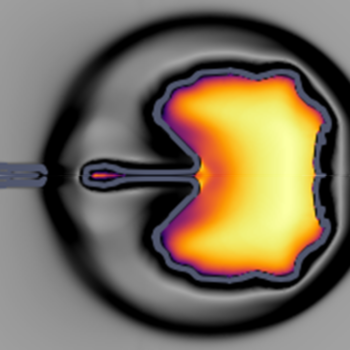
Stability requirements for Volume Ignition – plasma strand project
Supervisors: John Pasley (University of York), Luca Antonelli (First Light Fusion). Inertial confinement fusion (ICF) is one of the possible approaches to releasing energy via nuclear fusion for power production…
-

The effect of neutrals on edge turbulence in magnetic confinement fusion devices – plasma strand project
Supervisor: C.P. Ridgers (Main supervisor – University of York) & Q. Xia (Collaborator – Culham Centre for Fusion Energy) & Ben Dudson (Collaborator – Lawrence Livermore National Laboratory). Plasmas are…
-

Data-driven validation framework for thermal modelling of plasma facing components – materials strand project
Supervisors: Dr Ksenija Dvurecenska (University of Liverpool), Dr Adel Tayeb (UKAEA) In a nuclear fusion reactor Plasma Facing Components (PFCs) are subjected to extreme environmental conditions which induce thermomechanical loads….
-

Intermittent fluctuation statistics in spherical tori – plasma strand project
Supervisors: Istvan Cziegler (lead academic, University of York), Alsu Sladkomedova (Tokamak Energy scientist, technical). Heat and mass transport in a tokamak plasma is dominated by turbulence. Although significant progress has…
-

Hydrogen trapping and permeation in metallic and ceramic coatings for fusion powerplant applications- materials strand project
Supervisors: Philip Edmondson (University of Manchester), Hazel Gardner (UKAEA). Future fusion powerplants must maintain tritium inventory to ensure safe and sustainable plant operations. Structural materials in the breeder blanket and…
-

Experimental investigation of fast transients in the MAST-U Super-X divertor and its relation to the SOL – plasma strand project
Supervisors: Istvan Cziegler (lead University of York), Christopher Ridgers (University of York) & Kevin Verhaegh (lead CCFE). One of the foremost challenges of magnetic fusion energy is allowing efficient power…
-
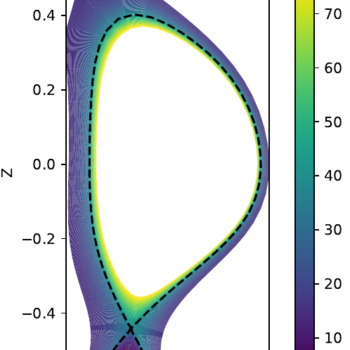
Developing and using simulation tools for the tokamak exhaust – plasma strand project
Supervisors: Christopher Ridgers (University of York) David Moulton (CCFE). Mainstream fusion devices necessarily involve the creation of a hot plasma at close to 100 million degrees. This plasma can be…
-

Development of new reduced activity ferrite martensite steels with higher temperature capability and improved impact properties – Materials Strand Project
Supervisors: Prof Mark Rainforth (lead) (University of Sheffield), Prof EJ Palmiere (University of Sheffield). Fusion power reactors feature a high heat flux loading of the plasma facing components (PFC) referred…
-

Optimizing the Exhaust Performance via Magnetic Geometry in Advanced Divertors – plasma strand project
Supervisor/s: Dr Kirsty McKay (University of Liverpool), Dr Lingyan Xiang (UKAEA) & Dr David Moulton (UKAEA). Power exhaust at the plasma boundary remains a challenging issue foreseen in fusion reactors,…
-
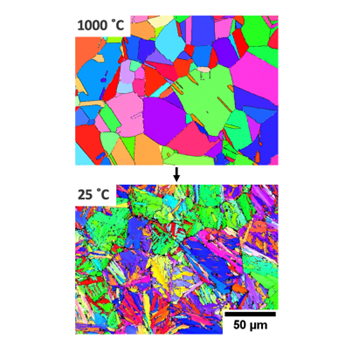
Utilising In-Situ High-Temperature EBSD to Observe Phase Transformations in Reduced-Activation Ferritic/Martensitic (RAFM) Steels for Fusion – Materials Strand Project
Supervisors: Ed Pickering (University of Manchester). Reduced-activation ferritic/martensitic (RAFM) steels, such as Eurofer 97, are primary candidate materials for blanket components in future fusion reactors. It is hoped that they…
-
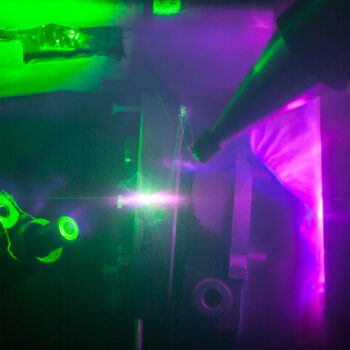
Studies of laser-produced energetic electrons for alternative inertial confinement fusion schemes – Plasma Strand project
Supervisor: Kate Lancaster (University of York) Ultra-intense laser interactions with matter give us a route to produce some of the most extreme conditions on earth. When these lasers are focused…
-

Novel heat treatment of Reduced Activation Ferritic/Martensitic steel welds – Materials Strand Project
Supervisors: Dr. Aneeqa Khan, Dr. Anastasia Vasileiou and Dr Ed Pickering (University of Manchester) and Dr. Yiqiang Wang (UKAEA) Structural components in a fusion reactor must withstand the diverse range…
-
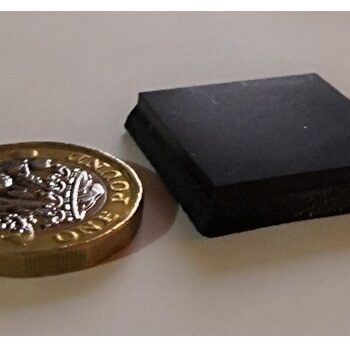
Development of tungsten diamond composites for nuclear fusion applications – Materials Strand Project
Supervisor/s: Aneeqa Khan, Ed Pickering, Paul Mummery (University of Manchester). This project will focus on the development and analysis of tungsten diamond composites for fusion applications, building on existing work…
-

Alloy Design and Thermomechanical Processing of Reduced Activation Steels for Nuclear Reactors – Materials Strand project
Supervisors: Professors Eric Palmiere and Mark Rainforth (University of Sheffield) The UKs Sixth Carbon Budget set into law the world’s most ambitious climate change target, cutting CO2 emissions by 78%…
-

Exploring dislocation mobility in the presence of abundant point defects – Materials Strand Project
Supervisor: Christopher Race (University of Sheffield) The materials of a fusion reactor must survive for many years in an incredibly harsh environment. This includes constant bombardment by high energy neutrons,…
-
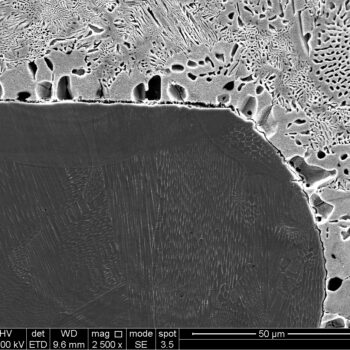
Bonding fusion reactor materials – Materials Strand project
Supervisor: Russell Goodall (University of Sheffield) While there are a number of competing reactor concepts, it is certain that any fusion power system will be a complex device, making use…
-

Processing and mechanical properties of vanadium alloys for fusion reactors – Materials Strand project
Supervisor: Russell Goodall (University of Sheffield) The demands placed on the materials used in a fusion reactor are extreme, both in the levels of performance demanded, and in the breadth…
-

Tungsten Coatings for Nuclear Fusion Applications – materials strand project
Supervisor/s: Dr Ying Chen and Dr David Hall (University of Manchester), & Dr James Wade-Zhu (UKAEA) The first-wall of a fusion reactor is the primary layer that protects the structural…
-
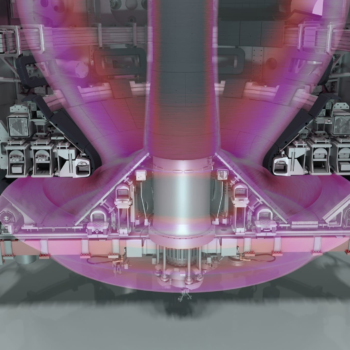
The role of neutral baffling in current and future tokamaks – plasma strand project
Supervisors: David Moulton (UKAEA) – main supervisor & Christopher Ridgers (University of York). Dealing with the extreme heat at the edge of a magnetically confined fusion (MCF) device is one…
-
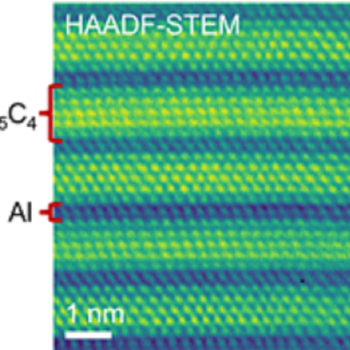
Developing MAX phase coatings for nuclear fusion – Materials Strand Project
Supervisor/s: Dr Philipp Frankel, Prof Sarah Haigh (University of Manchester). External Supervisor/s: Dr Max Rigby-Bell (UKAEA) Background MAX phases possess an extensive chemical and structural diversity which results in a…
-
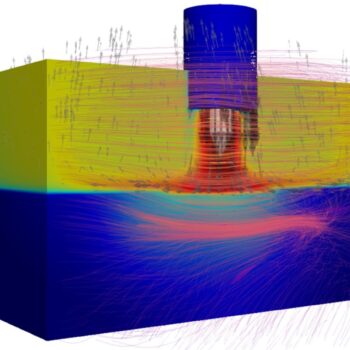
Multiphysics Modelling of High Energy Density Advanced Manufacturing Processes – Materials Strand Project
Supervisor/s: Dr Tom Flint & Dr Ed Pickering (University of Manchester), Dr Pratheek Shanthraj (CCFE). Construction of a fusion reactor will require the joining or additive manufacture (AM) of alloys…
-
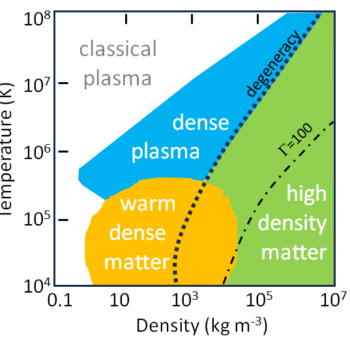
Thermal conductivity measurements in warm-dense and high-energy-density matter – plasma strand project
Supervisor: Nigel Woolsey (University of York) High energy density and warm dense matter science is the study of material properties at extreme high pressures such as those that can occur…
-
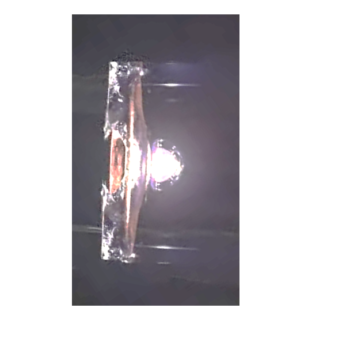
Drive and material imperfections impacting inertial fusion – plasma strand project
Supervisor: Andrew Higginbotham & Nigel Woolsey (University of York). Fusion is the process which occurs at the centre of the Sun and is the source of energy that heats and…
-
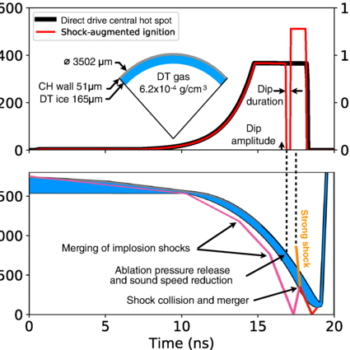
Shock-Augmented Ignition Approach to Laser Inertial Fusion – plasma strand project
Supervisor/s: Nigel Woolsey (University of York), Robbie Scott (STFC-RAL-CLF) Fusion is the process which occurs at the centre of the Sun and is the source of energy that heats and…
-
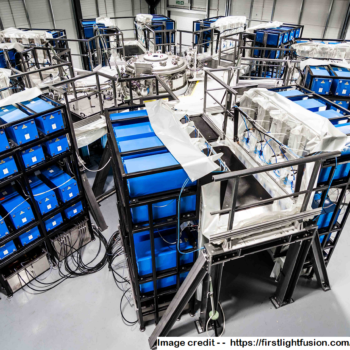
The kinetics of heat transport in novel fusion schemes – plasma strand project
Supervisor/s: Chris Ridgers & Andrew Higginbotham (University of York). Fusion offers an attractive solution to low carbon energy production but is difficult to control in the laboratory, primarily because it…
-
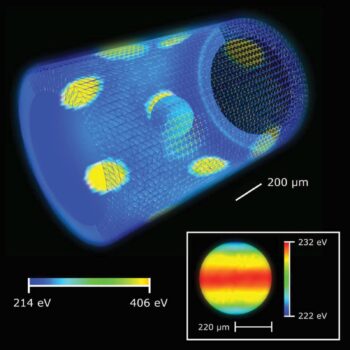
Fuel burn-up in Inertial Confinement Fusion (ICF) – plasma strand project
Supervisor: John Pasley (University of York) & Dr Alex Robinson (Central Laser Facility, STFC Rutherford Appleton Laboratory). The inertial confinement approach to fusion involves assembling small quantities of fusion fuel…
-

Fuel-ion studies in high-performance JET deuterium-tritium experiments – Plasma Strand Project
Supervisors: Marco Cecconello (Durham University), Jacob Ericsson (Uppsala University) The Joint European Torus (JET) is currently the largest tokamak in the world, as well as the only tokamak capable of…
-
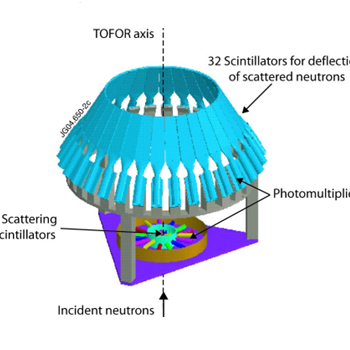
Development of a 2.5 MeV neutron spectrometer for JT-60SA – plasma strand project
Supervisors: Marco Cecconello (Durham University), Anders Hjalmarsson (Uppsala). JT-60SA is the largest superconducting tokamak in the world and it has just recently achieved its first plasmas indicating that it is…
-
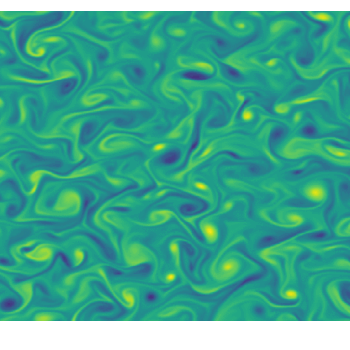
Nonlinear generalised gyrokinetic modelling of electromagnetic turbulence in finite beta plasmas representative of MAST U and STEP – plasma strand project
Supervisor/s – Daniel Kennedy (UKAEA, lead), Alexandra Dudkovskaia (University of York), David Dickinson (University of York) In a tokamak, the plasma (typically anticipated to include deuterium and tritium in a…
-

Integrated computational risk assessment for fusion materials – materials strand project
Supervisor/s: Joao Quinta da Fonseca and Tom Flint (University of Manchester) The quantification of uncertainty in material behaviour and risk of failure is urgently needed to accelerate the design and…
-

Development and validation of reduced models for transport in spherical tokamaks – plasma strand project
Supervisor/s: Francis Casson (UKAEA, lead), David Dickinson (University of York). Plasma turbulence acts to degrade the confinement of particles and heat in magnetic confinement devices, such as tokamaks. Worse confinement…
-

Using multivariate statistical surrogate models of displacement cascades to simulate high-dose irradiation damage – materials strand project
Supervisor: Christopher Race (University of Sheffield) The materials of a fusion reactor must survive for many years in an incredibly harsh environment. This includes constant bombardment by high energy neutrons,…
-

Atomic scale investigation of fusion radiation effects in silicon carbide – materials strand project
Supervisor: Robert Harrison (University of Manchester) Fusion -specific radiation damage in silicon carbide has not been investigated sufficiently to qualify components for use in reactor . Specifically, transmutation effects in…
-
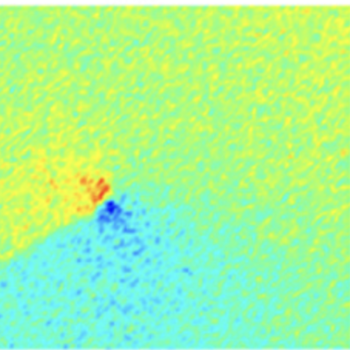
In situ analysis of crack fields and crack propagation – materials strand project
Supervisor: James Marrow (University of Oxford) The safety and economic operation of future fusion systems will depend on their tolerance to damage by processes such as fatigue and fracture, These…
-
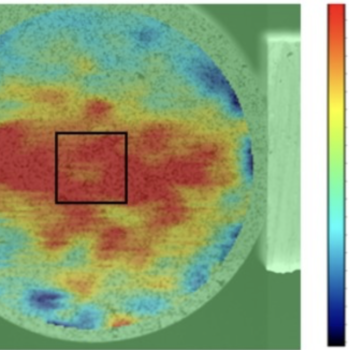
Novel Approaches to Investigate Structural Properties of Nuclear Materials – materials strand project
Supervisor: James Marrow (University of Oxford) For nuclear materials, it is important to understand how irradiation and high temperatures affect mechanical properties such as strength and toughness. Neutron irradiated materials…
-
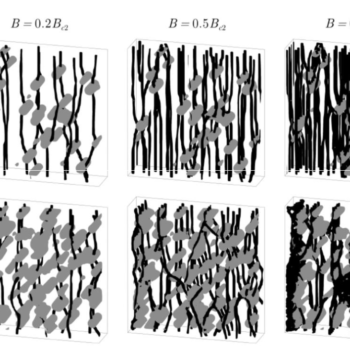
Computational Time-Dependent Ginzburg-Landau (TDGL) Theory for high fields superconductors in fusion tokamaks (Durham Computational PhD) – materials strand project
Supervisor: Prof. D. P Hampshire (Durham University) Background: The ITER (International Thermonuclear Experimental Reactor) Tokomak that is being built in Cadarache in France is one of the most exciting scientific…
-
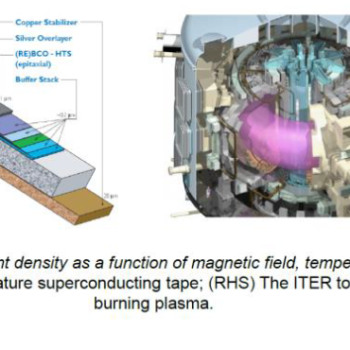
High-Field Superconductors that enable fusion energy tokamaks under strain (Durham Experimental PhD) – Materials Strand Project
Supervisor: Professor D. P Hampshire (Durham University). Background to the PhD Research Project:: The ITER (International Thermonuclear Experimental Reactor) Tokomak that is being built in Cadarache in France is one…